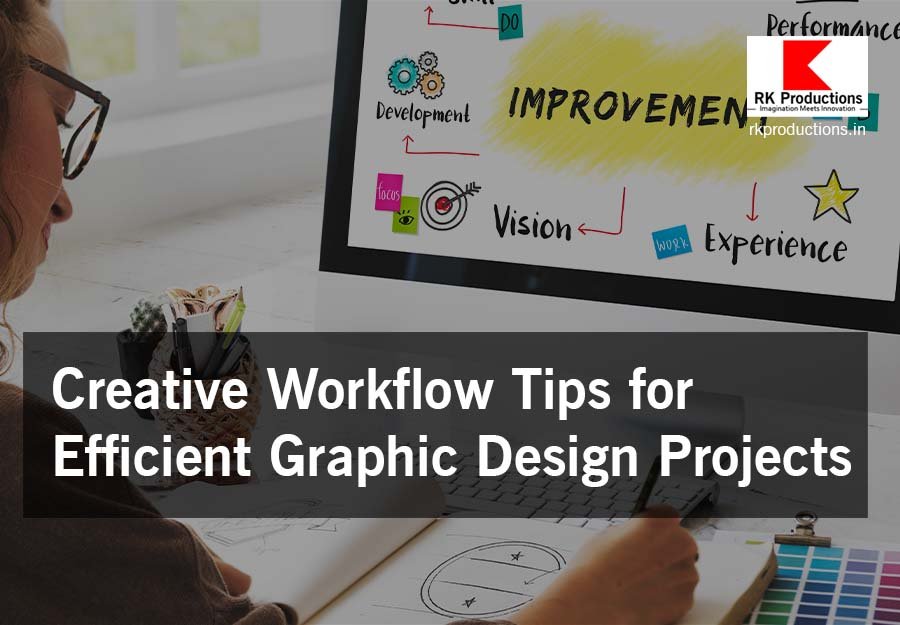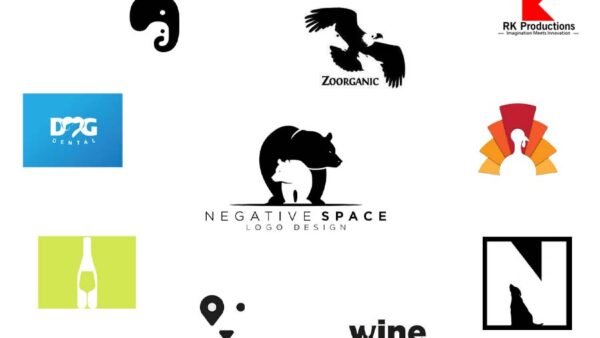Home / Branding / Creative Workflow Tips for Efficient Graphic Design Projects
October 10, 2024

Introduction
- Engaging Hook: The challenges of keeping creativity alive while meeting deadlines.
- Importance: Why an efficient workflow is crucial for graphic designers to balance creativity and productivity.
- What to Expect: Briefly outline the practical tips you’ll share to help designers streamline their projects.
Start with a Solid Brief
- Detailed Client Communication: Emphasize the importance of gathering comprehensive information about the project.
- Identify Goals and Objectives: Define the project’s purpose, target audience, and deliverables.
- Tip: Create a checklist or template for client briefs to ensure nothing is overlooked.
Organize Your Resources
- File Management: Tips on setting up folders and naming conventions.
- Asset Libraries: Utilize design tools that offer libraries for fonts, colors, and design elements.
- Tip: Consider digital asset management (DAM) software to manage files for larger projects.
Plan a Clear Timeline
- Define Key Milestones: Set realistic timelines with milestones for revisions and finalization.
- Time Management Tools: Tools like Asana, Trello, or Monday for task tracking and team collaboration.
- Tip: Use a calendar view to track overlapping projects and avoid last-minute stress.
Use Style Guides and Templates
- Establish Consistency: Create style guides with pre-approved colors, fonts, and icon styles.
- Benefits of Templates: Speed up the design process by reusing templates for recurring project types.
- Tip: Update style guides regularly to reflect any changes in brand guidelines.
Efficient Feedback Loops
- Set Expectations: Communicate to clients when and how you need feedback.
- Collaborative Tools: Use tools like Figma, InVision, or Adobe XD that support comments and real-time collaboration.
- Tip: Schedule feedback rounds to avoid delays and set up clear guidelines for constructive feedback.
Prioritize Prototyping and Testing
- Importance of Prototyping: Ensure the design aligns with client expectations before full-scale production.
- Testing Usability: Test interactive elements (if applicable) and get feedback from potential users.
- Tip: Share prototypes early to avoid major revisions during the final stages.
Automate Repetitive Tasks
- Utilize Design Tools’ Automation Features: Features in Adobe Photoshop, Illustrator, and Figma for repetitive tasks.
- Batch Processing for Efficiency: Automate tasks like resizing or format conversions.
- Tip: Set up keyboard shortcuts and explore plugins to streamline the workflow further.
Continual Learning and Skill Development
- Keep Up with Industry Trends: Follow design blogs, attend webinars, and participate in design communities.
- Master New Tools: Experiment with new tools or techniques that could improve your workflow.
- Tip: Dedicate a specific time each week for learning to stay updated without impacting project deadlines.
Conclusion
- Encouragement: Emphasize that refining a workflow is an ongoing process.
- Call to Action: Invite readers to share their own workflow tips or experiences.
- Looking Ahead: Mention the benefits of having an optimized workflow in fostering creativity and improving client satisfaction.
Product has been added to your cart






